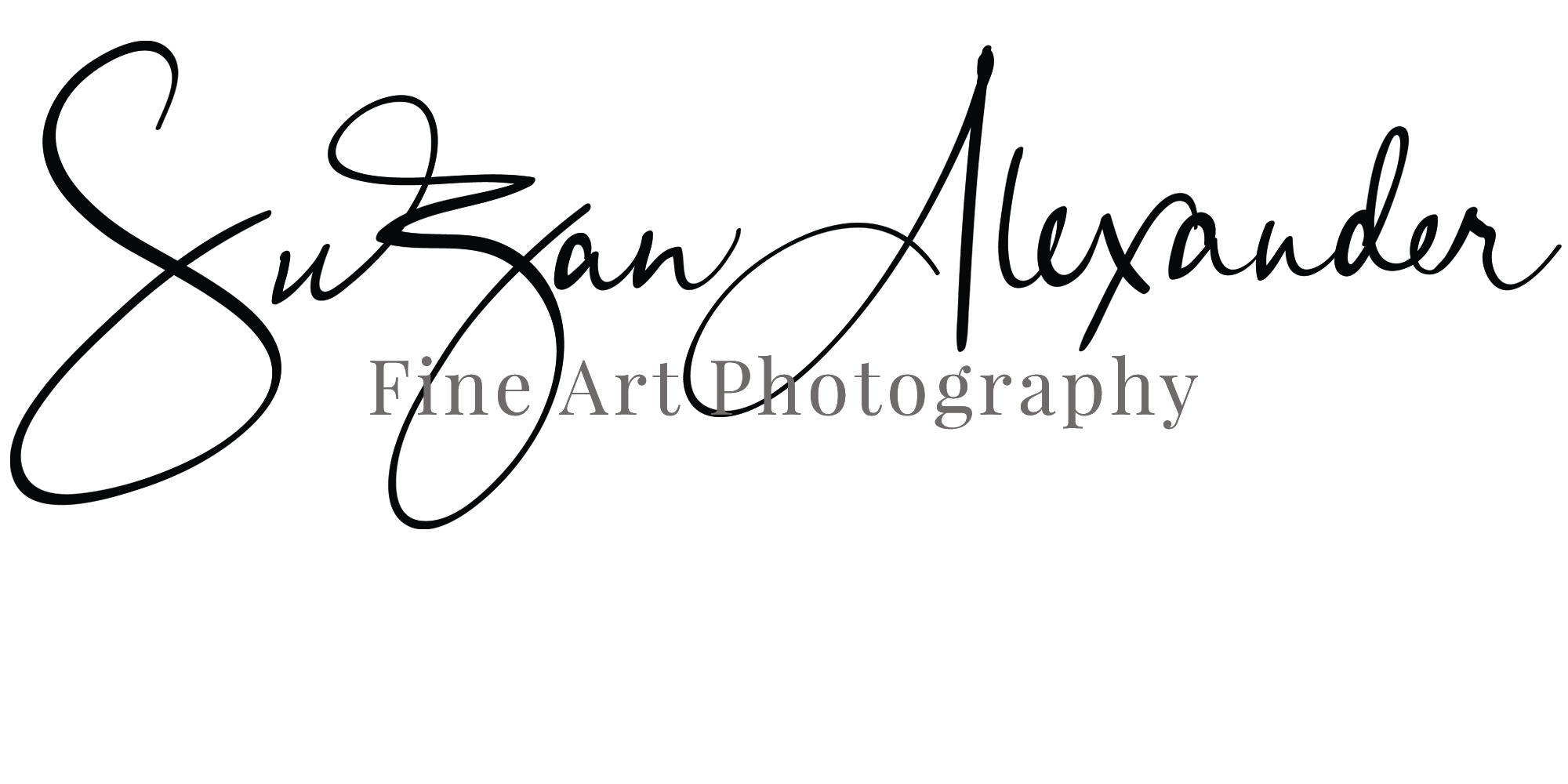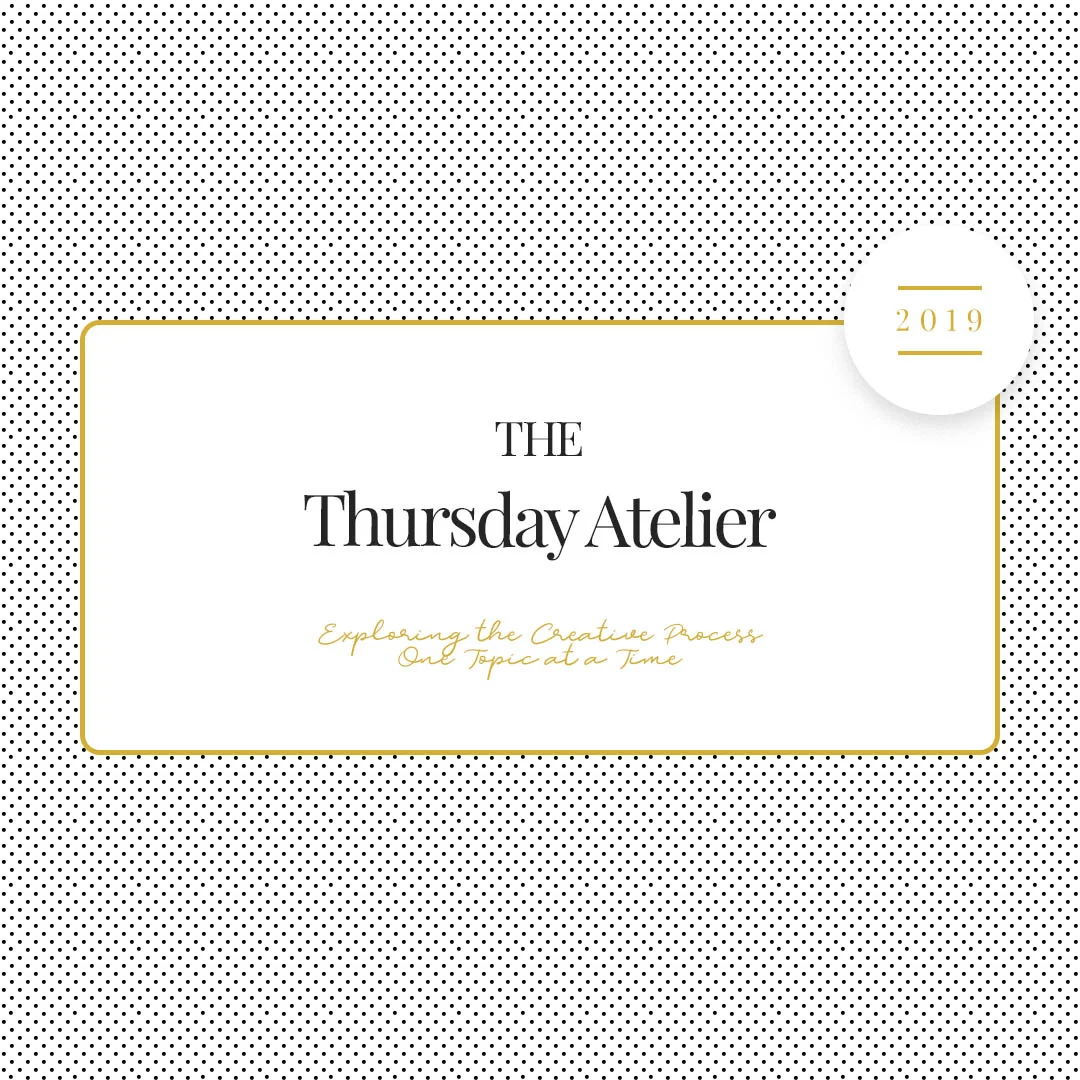SKETCHING (Part 2) - ATELIER THURSDAY
Last week we talked about how sketching is a road map to your creative destination - regardless of your chosen medium. If you missed that post, you might want to read it first, but it isn’t a requirement for this post.
This week, I promised I would share a few examples of how you might sketch using your camera. Yeah, I thought this might make you a little curious. Oh, and if your chosen medium is not photography, you might be able to think of ways to apply these ideas to your preferred medium, so let’s jump in.
TWO WAYS TO SKETCH WITH YOUR CAMERA
I was thinking about the two primary ways I sketch in the photographic medium. First, I may sketch with a pencil or marker of some sort to organize my thoughts, ideas, and inspiration for a photo shoot or a series. The second way is to actually sketch with your camera. Interested? I hope so.
SKETCHING TO FIND YOUR VISION OR STORY:
Let me begin by telling you that not every image I work on is planned with a physical sketch. One of my favorite things ways to photograph is to go hiking or traveling and let the subjects find me. This type of “sketching” clearly lands in the second type of “sketching” which we will discuss next, but I wanted to issue that disclaimer right up front. However, when I am working in a series or just have random ideas I would like to capture, I try to get them down on paper. I have even worked on creating a worksheet to sketch out ideas and compositions while they are fresh in my mind.
Lately, I have been gathering the random scraps of paper with my sketches and notes to corral them into some sort of system - in my case a “worksheet” and a three-ring binder. My plan is to use these sketches to more intentionally plan my weekly time with the camera.
TIP: For my fellow photographers and videographers, have you used Stobox? Strobox is a website that allows you to diagram your lighting set-up, as well as get lighting inspiration from the generous folks who share their lighting diagrams. You might consider include Stobox in your “sketching” process.
Another form of sketching might be to create a “mood board”. I tried creating mood boards. I even created a template, but I abandoned that approach because I know that is just not going to work for me unless it is a specific client shoot or something of that nature. But, if you use a mood board, or think a mood board might fit your workflow - kudos to you. I just know me and I would probably not create a mood board for each and every idea I have. Just keeping it real. However, if you are a commercial photographer, writer,… think about creating a mood board for your character(s), or a place, or a room in your scene. Wouldn’t it be inspirational to have a visual of how your character looks, dresses, eats, favorite meal, favorite color… the possibilities are endless. I am so inspired thinking about this I may start writing a book so I can create a few mood boards. Yeah, see how easily I get sidetracked. This is just one example why I use mood boards only in specific cases.
SKETCHING WITH A CAMERA:
Now that we covered sketching as a way to organize ideas and inspiration, let’s look at ways to use the camera to sketch without a pencil and paper. This is where spontaneity comes out to play my friend. I can literally spend hours doing this kind of “sketching”. (Just ask my sweet husband - no, on second thought, don’t put him on the spot like that.)
Sketching with your camera is where you are working out the story and the image. You get to adjust your composition, your point of view, your perspective, look for a better way to tell the story… This might be the photography version of the Goldilocks principle because you are testing things out to get it “just right”. Can I tell you? THIS is my favorite way to photograph. Oh my, it is all I can do to not pick up my camera and go exploring right now.
YOUR TURN
These are just a few of my thoughts on the importance of sketching - even in photography, but I would welcome your thoughts and suggestions.






